This online resource looks at an example of natural selection in humans.
The two linked resources concerning sickle-cell anaemia are suitable for use with Year 10 students.

This online resource looks at an example of natural selection in humans.
The two linked resources concerning sickle-cell anaemia are suitable for use with Year 10 students.
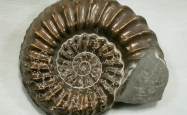
This online resource details a student activity involving natural selection.
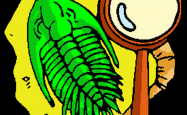
This online resource details a scientific investigation into brine shrimp.
The resource details an activity where students investigate sexual selection in brine shrimp.

This online resource looks at the geologic timeline.
This unit of work explores the life cycles of egg-laying animals.
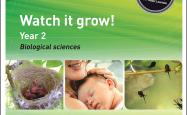
This unit of work investigates the life cycle of living things.
Sourcing dissection materials: I am a laboratory technician in regional NSW.
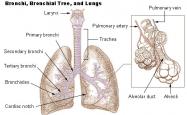
This is a video showing a lung dissection.
This 5-minute video shows a teacher from Preston College (UK) inflating sheep lungs.
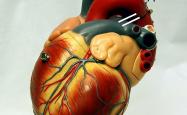
This online resource gives a step-by-step guide of a sheep’s heart dissection.

This online resource explains terms associated with genetic inheritance.